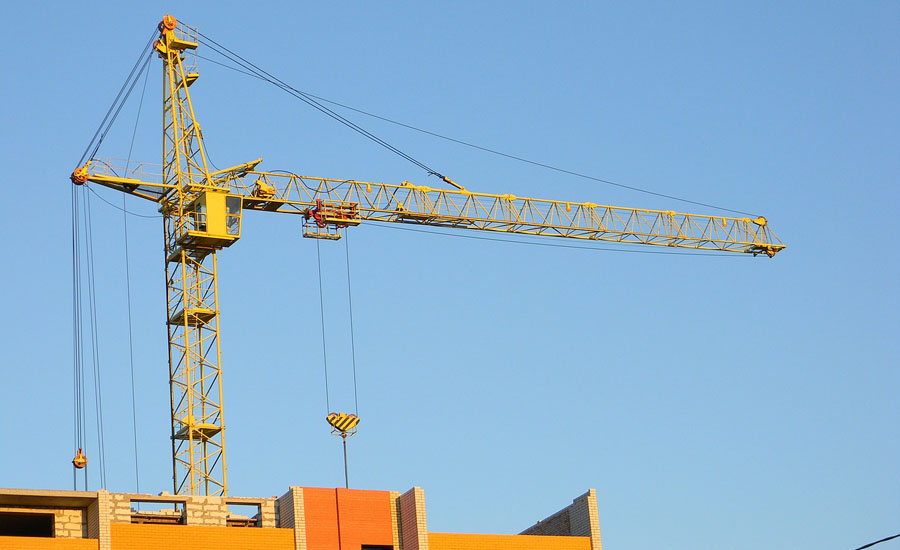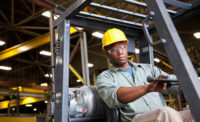Safety professionals know how it's necessary to take an all-encompassing look at how to keep workers productive and out of harm's way.
For example, those employees might need personal protective equipment, but they also require training that teaches them how to do their jobs without encountering unnecessarily dangerous situations.
In short, overlooking one aspect of worker safety could make all the other components of a program useless. Similarly, it's great for a company to invest in updated machinery, but those investments don't have long-term payoffs if the businesses neglect maintenance. Here's a look at how equipment maintenance also impacts employee safety.
Company cutbacks could make maintenance get rushed or overlooked
There's an ongoing trend whereby companies try to get more done while simultaneously slashing their resources. Often, that means people have to assume multiple roles and may not be adequately qualified to perform them. Many years ago, the U.S. Navy started reducing crew numbers by assigning jobs to five people instead of the usual 12.
However, in addition to requiring the crew members to juggle multiple duties at once, other complications resulted, including the engines on one of the ships starting to corrode before people noticed the problem, leading to costly repairs. Moreover, naval crew members admitted they didn't have the proper training to repair things after finding issues. Sometimes, crews waited for days to receive outside assistance because no one on board had the necessary skills.
The Navy's experience could easily apply to almost any other kind of workforce. If people receive more responsibilities than they can handle, the likelihood goes up that they'll either perform inspections too rapidly and miss potentially dangerous flaws or not have the training and expertise required to spot abnormalities at all.
Evidence suggests that a better way to reduce company expenses is to deploy machine learning solutions that offer predictive maintenance alerts. In one case study, a polymer materials manufacturer discovered that predictive maintenance information from machine learning found issues eight months before a motor failure.
When employees have both the time and know-how required to inspect the equipment as needed, accidents are less likely to happen. Then, the people who operate the machinery and the individuals in the vicinity of the equipment stay safer.
Businesses must account for seasonal and equipment-based inspection differences
Company representatives have to be mindful of the fact that it's not possible to have universal inspection policies at their companies.
For example, if a business uses an aerial lift, laws dictate that it must inspect that machine at least every 90 days or after 150 hours of use. So, inspection procedures vary depending on usage frequency and equipment type.
However, seasonal changes could also factor into equipment inspections. Tire blowouts are more common during the summer because as the outdoor temperature rises, so does the tire pressure. As such, the appropriate tire pressure for a piece of equipment may differ depending on the seasonal operating conditions.
If businesses don't follow the inspection procedures for individual pieces of equipment and stay aware of seasonal differences, tragedies could result. The temperature specifics are also crucial to keep in mind if a company opts for a remote inspection procedure. They're more common now thanks to advanced technology.
But, it could be more difficult for inspectors to be mindful of temperature fluctuations when in a part of the country where the temperature remains relatively consistent and inspecting machines used in places subjected to extreme temperatures.
Poor maintenance could have effects outside of a factory
It's essential for companies to remember that, in addition to inspections relating to employee safety, they also connect to the health of people within the broader area. For example, two steel plants in Pennsylvania allegedly cause such severe pollution that people in the community — especially children and older individuals — suffer from health problems such as asthma.
Maintenance is undoubtedly not the only issue causing the pollution. However, there's a chance that tighter regulations and in-depth inspections could curb it.
Similarly, a lack of necessary maintenance can extend beyond a workplace's walls by causing issues that workers don't associate with their occupations. A recent study linked tractor vibrations to back pain in farmers, for example. But, that's a common symptom they could initially believe is due to something like an old mattress.
If pain becomes severe enough to cause equipment operator distractions, it could be a safety risk, too. The researchers suggested that improved maintenance on the machines' suspension systems and adjusting the seat height to fit the user's body could ease the problem.
Maintenance makes a difference
This overview shows how maintenance impacts employee safety in both well-known and unexpected ways. Staying abreast of maintenance needs, therefore, could help a company remain profitable and promote worker retention.




